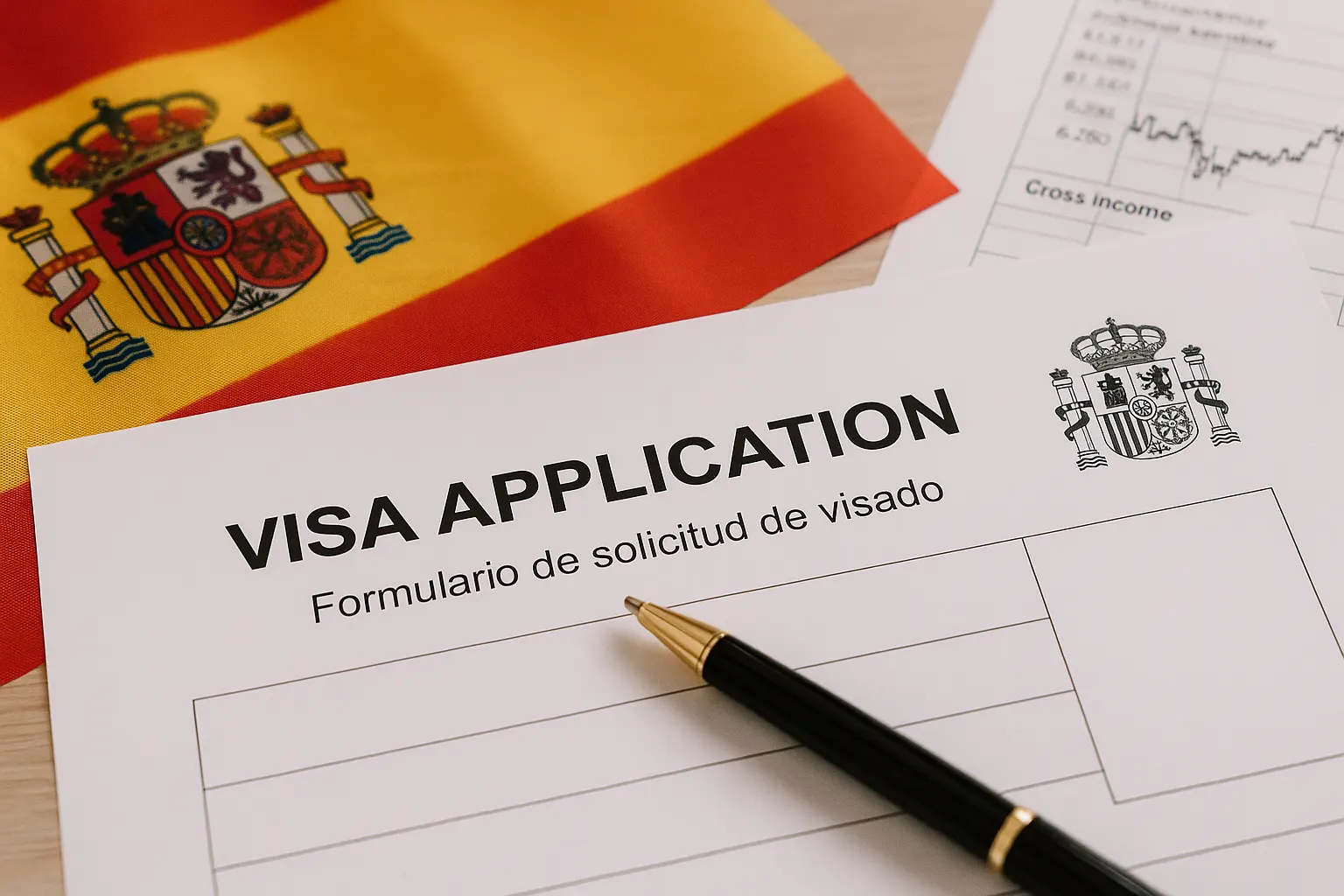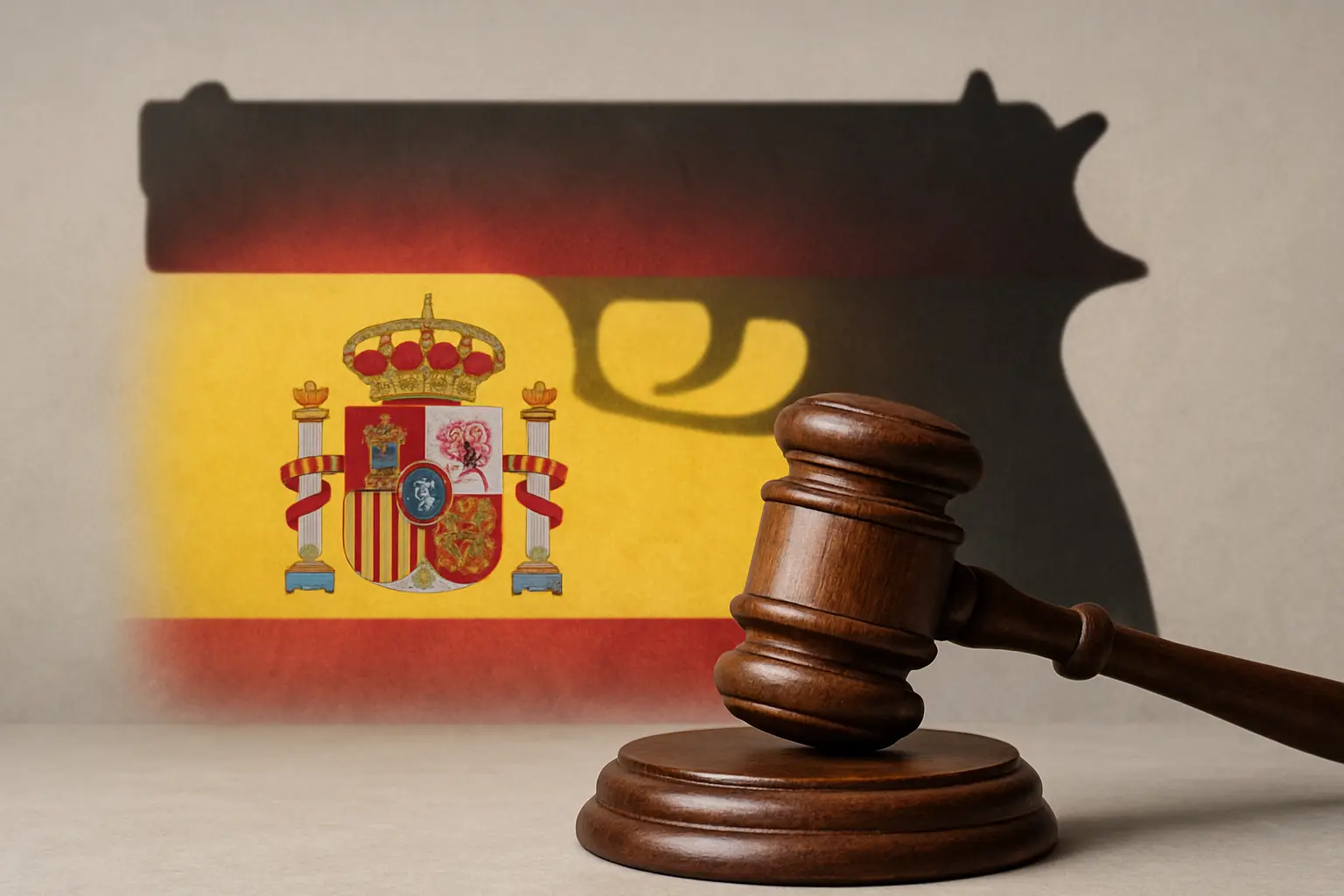Inheritance tax Spain, officially known as Impuesto de Sucesiones y Donaciones (ISD), is a tax levied on assets passed down after death. Understanding is there inheritance tax in Spain is essential for both residents and non-residents who may inherit property, money, or other valuables within the country.
The importance of grasping the nuances of inheritance tax lies in its complexity and regional variations. Residents face taxation on worldwide assets, while non-residents are liable only for Spanish-based inheritances. Misunderstanding these rules can lead to unexpected financial obligations and legal challenges.
This article explores:
- The nature and scope of succession tax in Spain
- Liability criteria for residents versus non-residents
- Methods to calculate the tax including applicable rates and exemptions
- Special rules protecting heirs such as spouses and children
- Tax implications specific to foreigners inheriting Spanish assets
- Practical strategies to minimize or avoid inheritance tax liabilities
Clear insight into these areas aids informed decision-making regarding inheritance matters in Spain.
Understanding Inheritance Tax in Spain
Spanish inheritance tax, also known as Impuesto de Sucesiones y Donaciones (ISD), is an important part of estate planning in Spain. Here’s what you need to know about this tax:
1. Definition and Explanation
The ISD is a tax imposed on inheritances and gifts received by individuals in Spain. It applies to both residents and non-residents who inherit property, money, or other assets within the country.
2. Regulation and Administration
While the tax is regulated at the national level, it is administered regionally by autonomous communities. This regional administration results in differences in rates, exemptions, and allowances across various areas of Spain.
3. Assets Subject to Tax
Inheritance tax in Spain applies to a wide range of assets, including:
- Real estate properties
- Financial assets
- Personal belongings
- Any other valuable possessions left by the deceased
Understanding these basic aspects of Spanish inheritance tax is crucial for individuals dealing with the complexities of estate planning and ensuring compliance with the relevant regulations.
Who is Liable for Inheritance Tax in Spain?
In Spain, both residents and non-residents are subject to inheritance tax. However, there are key differences in how this tax applies to each group:
- Residents are liable for inheritance tax on their worldwide assets.
- Non-residents are only taxed on assets located in Spain.
Examples of taxable scenarios for each group include:
- Residents: An individual residing in Spain inherits a property in France and a bank account in Spain. They would be required to pay inheritance tax on both assets.
- Non-residents: A foreign national who is not a resident of Spain inherits a vacation home in Barcelona. They would only pay inheritance tax on the property located in Spain.
Understanding these distinctions is crucial for individuals navigating the complexities of Spanish inheritance tax laws, ensuring compliance with regulations based on residency status and asset locations.
Calculating Inheritance Tax in Spain: A Guide for Residents and Non-Residents
1. Overview of Tax Rates
In Spain, inheritance tax rates are progressive, ranging from 7.65% to 34%. These rates apply differently to residents and non-residents based on the extent of their assets. For instance, who pays these taxes can vary greatly depending on the individual’s residency status and asset distribution.
2. Determining Taxable Base
The taxable base for inheritance tax in Spain is calculated by considering the total value of the inherited assets. Specific deductions and exemptions may be available to reduce this taxable amount.
3. Regional Variations
Regional differences play a crucial role in the calculation of inheritance tax. Depending on the autonomous community where the deceased was domiciled, there may be varying allowances or reductions affecting the final tax liability.
By understanding how these key factors interplay in the calculation process, individuals can navigate the complexities of Spanish inheritance tax effectively. Furthermore, it is also beneficial to draw comparisons with other countries’ tax systems, such as Italy’s personal income tax, to gain a broader perspective on inheritance taxation.
Special Considerations for Spouses and Forced Heirship Rules in Spanish Inheritance Tax Law
Forced Heirship Rules
In Spain, there are forced heirship rules that safeguard the interests of spouses and children by ensuring they receive predetermined shares of the deceased’s estate. These rules establish specific portions that must be allocated to spouses and children, protecting their inheritance rights.
Spousal Tax Obligations
Spouses may be subject to inheritance tax in Spain under certain conditions, depending on the value of the assets inherited and their relationship to the deceased. However, there are often exemptions or reliefs available to spouses to alleviate the tax burden, especially when inheriting from their partner.
By understanding the forced heirship rules and potential tax implications for spouses in Spanish inheritance law, individuals can navigate the complexities of estate distribution more effectively.
Inheritance Tax Implications for Foreigners and Foreign Assets in Spain: What You Need to Know
Tax Obligations for Foreigners Inheriting Spanish Assets
If you’re a foreigner inheriting assets in Spain, it’s crucial to understand your tax obligations. The Spanish inheritance tax, known as “Impuesto sobre Sucesiones y Donaciones,” applies to both residents and non-residents, but there are key differences in how they are taxed.
Key Differences Between Residents and Non-Residents
- Tax Rates: Non-residents may be subject to higher tax rates compared to residents. The exact rates depend on the value of the inherited assets and the relationship between the deceased and the heir.
- Deductions and Allowances: Residents may benefit from certain deductions and allowances that are not available to non-residents. This can significantly impact the final tax liability.
- Filing Requirements: Non-residents may have different filing requirements compared to residents. It’s important to understand these requirements to avoid penalties or fines.
Taxation of Foreign Assets for Non-Residents
One important aspect to note is that only Spanish assets are taxed for non-residents. This means that if you inherit assets located outside of Spain, they will not be subject to Spanish inheritance tax.
Examples of Spanish Assets
Here are some examples of assets that are considered Spanish for tax purposes:
- Real estate properties located in Spain
- Bank accounts held in Spanish banks
- Investments in Spanish companies or funds
- Vehicles registered in Spain
It’s essential to consult with a qualified tax advisor or lawyer who specializes in international inheritance matters to ensure compliance with both Spanish and your home country’s tax laws. For instance, if you’re navigating the complexities of US tax preparation while residing in Norway, seeking expert advice becomes even more critical.
Strategies to Minimize or Avoid Inheritance Tax in Spain: Practical Tips for Residents and Non-Residents Alike
1. Legal Methods to Reduce Taxable Estate
- Gifting during Lifetime: Transferring assets before death can lower the taxable estate, as gifts may be subject to lower tax rates or exemptions.
- Using Trusts Effectively: Establishing trusts can help protect assets and potentially reduce the tax burden on beneficiaries.
2. Utilizing Regional Exemptions and Reductions Strategically
- Specific Examples:
- Catalonia and Andalusia offer higher allowances for certain heirs, enabling residents to optimize their tax planning.
- Some regions provide substantial reductions, like the 95% reduction on the main residence’s value under certain conditions, allowing for significant tax savings.
By leveraging these legal avenues and understanding regional variations in exemptions and reductions, both residents and non-residents in Spain can employ effective strategies to minimize or even avoid inheritance tax liabilities. Proper planning and consultation with tax professionals can ensure that individuals optimize their estate planning while complying with Spanish tax laws. It’s important to note that inheritance tax laws can vary significantly not only across different countries but also within regions of a country. For instance, inheritance taxation in OECD countries presents a comprehensive overview of various taxation policies that could provide valuable insights for strategic planning.
Conclusion
When it comes to Spanish inheritance taxes, it’s important to carefully consider your individual situation. Here are the key takeaways:
- Understanding the nuances of Spanish inheritance tax is crucial for residents and non-residents alike.
- Strategic planning can help minimize tax liabilities and maximize inheritances.
- Seek professional advice to navigate the complexities of Spanish inheritance tax laws effectively.
Remember, thorough preparation and tailored strategies can make a significant difference in managing your inheritance tax obligations in Spain.














